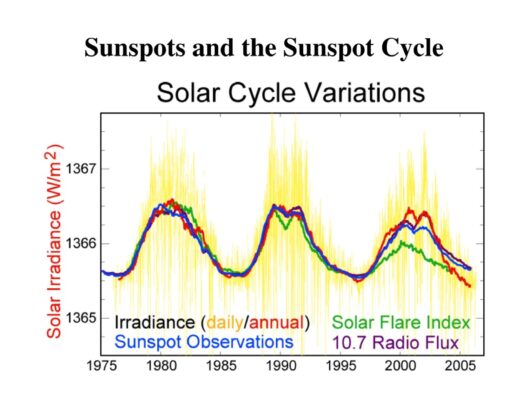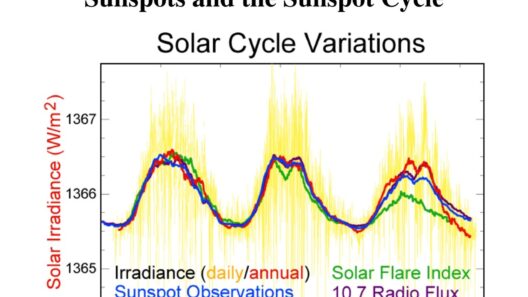The Earth, a vast repository of geological history, offers tantalizing glimpses into its climatic past. One of the most enlightening methods employed by scientists to decode this cryptic narrative lies within the frozen realms of ice cores. These cylindrical samples, extracted from glaciers and polar ice sheets, act as time capsules, preserving layers of atmospheric composition, temperature fluctuations, and even volcanic activity dating back hundreds of thousands of years.
To the untrained eye, ice cores may appear to be simple columns of ice, but they are, in fact, intricate chronicles of the Earth’s climate saga. As scientists drill into ice fields, they unveil delicate stratifications reminiscent of the rings of a tree, each layer encapsulating a unique period of time. Just as each ring conveys the growth and struggles of a tree, each layer of ice tells a story of the atmospheric conditions at the time of its formation. This method of extraction, known as ice coring, is a skillful art that requires precision and patience, employing specialized drills that can bore deep into the ice without disrupting its delicate structure.
These ice cores hold a wealth of information. Air bubbles trapped within the ice provide a literal snapshot of the atmosphere as it was at the time of snow accumulation. Scientists analyze the gases contained in these bubbles—chiefly carbon dioxide and methane—to assess the concentrations of these greenhouse gases across various epochs. This data is instrumental in understanding the natural fluctuations of Earth’s climate and the factors that drive these changes. By meticulously measuring the ratio of isotopes within the ice, researchers can even infer historical temperatures, effectively reconstructing climate patterns with impressive resolution.
As ice ages wax and wane, the layers of accumulated snow transform into dense ice, creating records that span millennia. These natural archives reveal not just the story of temperature changes, but also insights into atmospheric events such as volcanic eruptions. For instance, significant eruptions can inject vast amounts of aerosols into the atmosphere, leading to a temporary cooling effect. Tracing these volcanic layers within ice cores allows scientists to correlate geological events with climatic outcomes—an exquisite interplay between Earth’s geophysical processes and its climate system.
Moreover, ice cores serve as a clear reminder of humanity’s impact on our planet. The intermingling of modern pollutants within the ancient ice highlights the dramatic changes since the dawn of the industrial age. The anthropogenic fingerprints of industrialization, manifesting as traces of lead, sulfur, and other pollutants, starkly contrast with the pristine layers from earlier eons. This juxtaposition is a powerful testament to the urgent need for environmental stewardship.
The multi-faceted analyses of ice cores extend beyond mere climate reconstruction. They have profound implications for predicting future climate scenarios. By examining historical patterns, climate scientists can attempt to forecast potential warming trends—critical knowledge amidst the pressing issue of climate change. Understanding the natural rhythms of the Earth’s climate lends clarity to the unpredictable sequences we are currently navigating.
Further enhancing the intrigue surrounding ice cores are the interdisciplinary collaborations they engender. Climate scientists, geologists, and atmospheric chemists unite in their quest for knowledge, each bringing unique perspectives that enrich the findings. This melding of expertise underscores the interconnectedness of various scientific domains and fosters innovations in methodology. As technology progresses, new techniques such as remote sensing and advanced imaging are transforming our approach to ice core research, elucidating details that were previously beyond our grasp.
Yet, the exploration of ice cores transcends the pursuit of knowledge; it ignites a profound metaphorical resonance. Just as ice cores encapsulate intricate layers of Earth’s history, they mirror our own individual and collective journeys—each experience and moment layered upon the last, contributing to the greater narrative of existence. In this way, studying ice cores is not merely an academic endeavor; it is a reflection on the persistence of time and the enduring legacy we leave behind.
As we stand on the precipice of a climate crisis, the insights gleaned from ice cores hold critical importance. They serve as a stark reminder of the fragility of our atmosphere, encapsulating the climatic shifts that have occurred on geological timescales. The wisdom embedded within these layers is an invaluable guide as we navigate contemporary environmental challenges. Their stories beckon us to heed past lessons, urging collective action to safeguard the future of our planet. Through these icebound narratives, we are reminded that the past and future are intricately woven together, and that each layer of ice carries with it the weight of profound importance.
In conclusion, ice cores represent far more than frozen fragments of the Earth. They symbolize the enduring quest for understanding, the unraveling of ancient mysteries, and the pathways we must tread to sustain the delicate balance of our environment. The study of ice cores is not merely a scientific inquiry; it is a clarion call for awareness and action in the face of a rapidly changing world, where the echoes of history resonate through the ages, illuminating the path forward.




